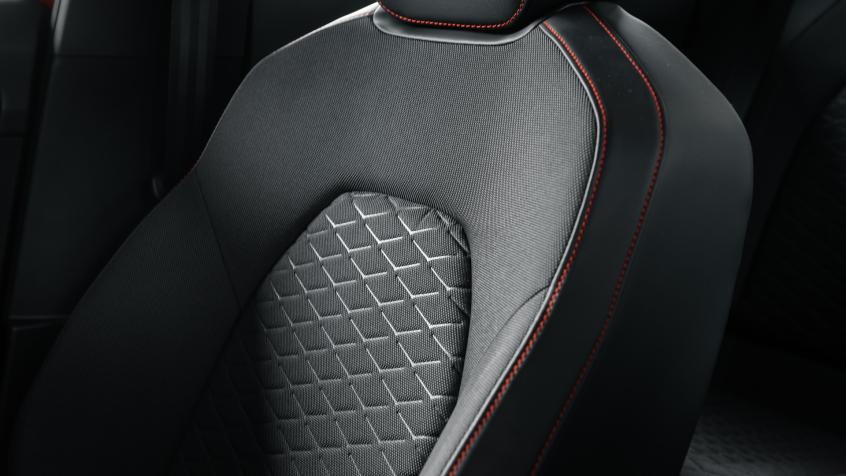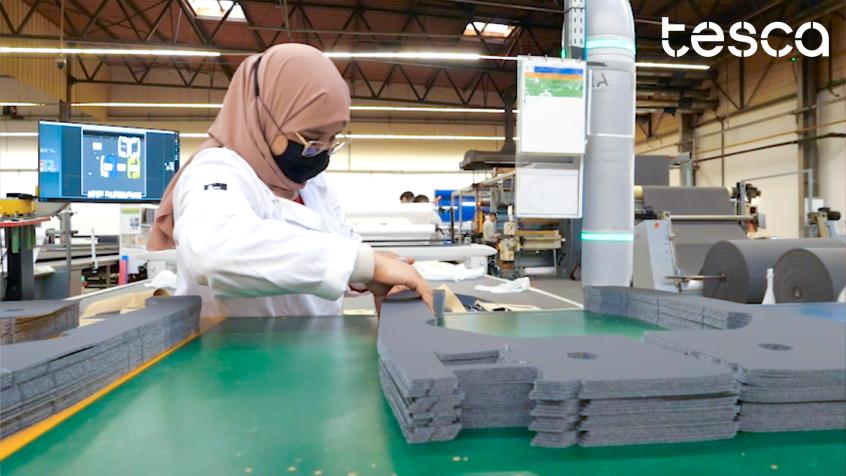Ensuring profitable customization of automotive interiors
Transitioning to digital solutions has proven to be an easy-to-implement and cost-effective way to address this challenge.

Rising Demand in US Automotive Interiors: Digital Solutions Drive Growth and Efficiency
In the US, Automotive businesses specializing in interior repair or design of aftermarket products are on the rise. The industry employs about 337,629 people, rakes in roughly $42 billion annually, and grew more than 2.0 percent per year between 2012 and 2017.
Yet, even with this increased demand, the economics of building and sustaining these businesses can be extremely challenging. Transitioning to digital solutions has proven to be an easy-to-implement and cost-effective way to address this challenge.
Digital solutions for automotive interiors: design & manufcturing
Digital solutions such as 3D CAD, digital patterning software and automated cutting equipment are used in almost every textile and composite product manufacturing industry. These tools reduce or eliminate legacy manual processes and help businesses recover product design-cycle time and profitability. A quick overview of some of the leading solutions and typical workflows highlights the advantages of making the move to digital.
3D scanning - capture the design
Automotive interiors are 3Dimensional. Precisely capturing the correct 3D measurements is the critical first step in the repair or retrofit process. The “Drape and Tape” method is the typical approach. In this process, plastic or mylar film is:
- draped over existing product such as a car seat,
- taped down and marked up,
- cut and measured,
- uploaded into patterning software using digitizing equipment.
While highly-experienced technicians can perform this task within a reasonable amount of time, the duration of the process as well as potential rework effort due to errors tends to have a large impact on overall costs.
3D Scanning has proven to provide a cost-effective alternative to the manual approach. The current generation of handheld scanners can quickly create an accurate 3D CAD representation of the design. The digital model is then edited to add features (cut lines, different material sections, etc…) and is immediately ready for flattening.
Exactflat digital patterning - convert 3D to 2D patterns in minutes
While the final parts are 3D, the textiles used to create them (cloth fabrics, vinyl, natural and synthetic leathers, etc…) are flat 2D materials. In the digital workflow, digital patterning software such as ExactFlat is used to rapidly convert the 3D designs into exact 2D patterns.
The software automates the steps by:
- Simplifying the design model for optimal compute time using Finite Element Analysis (FEA) technology.
- Assigning actual material properties to ensure the precise flattening behavior of each piece.
- Providing strain displays which are used to validate fit and wear estimation of the pattern before any expensive material is cut.
Gerber technologies - pattern engineering and marker making
The final stage before manufacturing is to prepare the patterns and markers for cutting. This step also benefits from the transition to digital because the 2D patterns, which were created directly from the 3D Scanned models, can now be used immediately on the automated cutter or pattern engineering software.
In a recent example, the manufacturer used Gerber AccuMark 2D patterning software to:
- view cut lines for the pattern
- add or recognize existing seam allowance and notch locations specified by the designers
- optimize the material usage for the parts (Gerber AccuNest)
- label each piece to reduce cut, and sew time.
Once completed, the marker is ready for cutting.
Vector by Lectra
Related content







